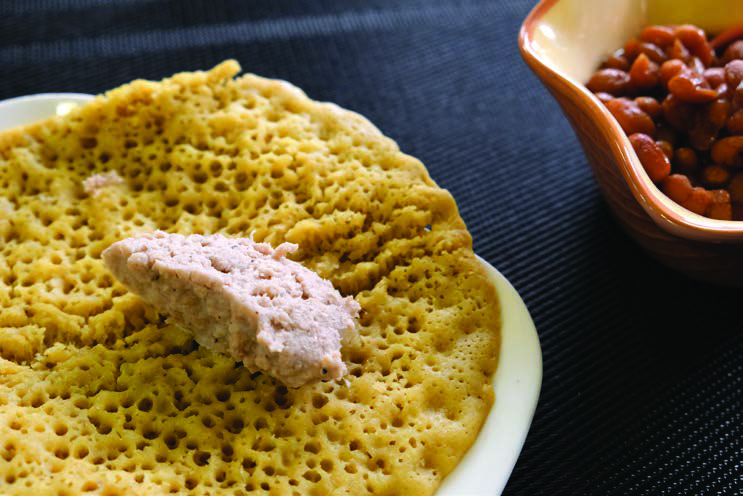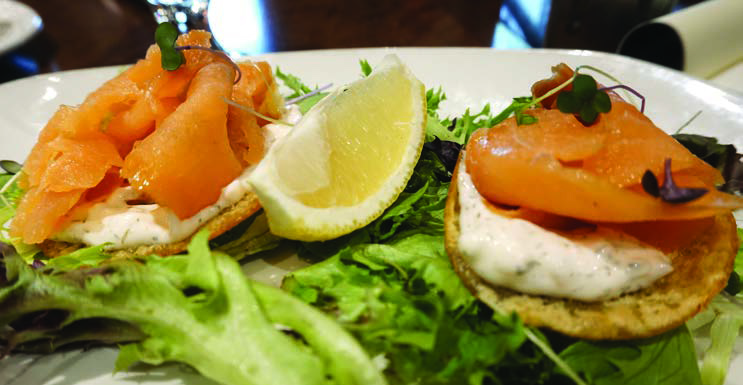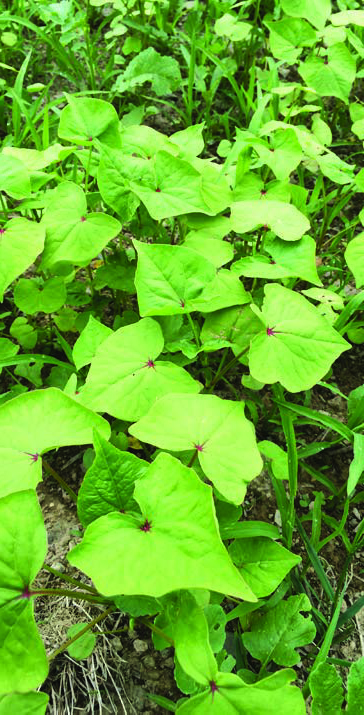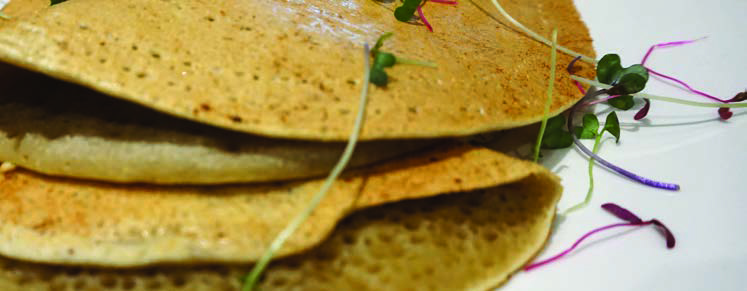Ployes – Canada’s Endangered Pancake

This article originally appeared in the Fall/Winter 2022-2023 print issue of Quench Magazine.
When Mathieu Martin was growing up in Edmundston, New Brunswick, his mother’s homemade ployes were a beloved treat.
It’s a culinary experience he shares with generations of kids from northern New Brunswick’s Madawaska region. These hearty buck-wheat pancakes have long been a dietary staple in the area. In fact, they were once served with every meal in lieu of bread. But in recent years, consumption is plummeting. Today, the ploye is all but unknown outside the area. Can a recent revival in nearby Maine hold the key to its survival?
Martin, a history doctoral candidate at the Université du Québec à Montréal, has a keen insight into the tasty fare that he loves to pair with maple syrup or creton (a spiced pork spread). As he says: “Ployes have an important cultural significance in the region. (They) are made with buckwheat, which is easy to grow in Madawaska. Families used to cook ployes to replace bread and to feed large families during hard times.” He goes on to add: “Since many relied on ployes, this crêpe-like recipe came to be one of the most important cultural traits of the people living in the Madawaska region.”
That reliance on buckwheat can be traced to the mid-1830s when disease and pestilence brought havoc to the local wheat crop. Buck-wheat use soared as farming families sought to augment their meagre flour stores with a more reliable food source. As it is not a grain but actually a fruit and a member of the rhubarb family, buckwheat was immune to the midges and rust ruining wheat production. By the 1850s, the nutritious, vitamin-B-laden plant was the region’s leading crop. For the next hundred years or so, hearty, sustainable, buck-wheat-based ployes were served three times a day in most households.

Residents of the Francophone Madawaska region, who primarily identify as being of Brayon heritage, found ployes to be endlessly versatile. They were served as an alternative to pancakes at breakfast, subbed in for bread and rolls alongside soups and stews at lunch, and sopped up jam and maple sugar for an evening dessert.
However, in recent decades, the ploye’s popularity has fallen. The ready availability of store-bought bread and inexpensive baking mixes is often cited as a significant factor, as is general population decline and the exodus of young people heading to cities. The demise of the Foire Brayonne festival is an added blow to the fortunes of the ploye. For four decades this Edmundston-based celebration (considered the largest festival of French Canadian culture outside of Quebec) honoured all aspects of the Brayon culture. Ployes were a large part of that, and family-friendly fun and games like eating contests were always a part of the schedule. However,in recent years, the event has struggled. The pandemic seems to have been the final blow, as Foire Brayonne hasn’t been celebrated since 2019.

But there may be some hope for a ploye revival based on what’s happening in nearby Maine. In Fort Kent, a ploye festival is enjoyed every August and includes inventive activities like making massive, oversized ployes. Ployes are also gaining notice in Maine for being a healthy vegan food. A local buckwheat mix producer, Bouchard Family Farms, leans heavily on the fact that ployes are fat and cholesterol-free and require no pricey ingredients like eggs, sugar, or oil. It’s not that far-fetched to imagine they could be the next trendy food in Maine. Can it happen in northern New Brunswick?
At Frank’s Bar and Grill, part of Edmundston’s Four Points by Sheraton hotel, hipster-worthy ployes are on the menu in addition to the traditional versions. In one popular offering, tiny ployes are plated with smoked salmon, fresh greens, and dill remoulade, bringing to mind classic pairing of caviar, blini, and crème fraîche. Nearby at the bustling seasonal farmers’ market, freshly made ployes are served up in much the same way that funnel cakes or BeaverTails are offered in other Canadian communities – fresh off the grill and slathered with delicious toppings such as butter and brown sugar.

Ployes are very easy to make, which will hopefully encourage novice cooks. Their base is a locally made, light yellow buckwheat flour sourced from Edmundston’s Les Industries Corriveau. Those who are used to granular, dark buckwheat will find this flour surprisingly silky and refined. It’s separated from its coarse hulls, which are diverted for other purposes (including filling pet beds). Wheat flour, baking powder, salt, cold water, and boiling water complete the recipe. The resulting batter should be the thickness of wet paint. Ideally, the mixture sits for up to half an hour before cooking (which proponents argue gives the final product more bubbles). The batter also benefits from a quick stir between each ladle you pour onto the griddle or pan. But the most important step of all is what you don’t do. Never flip a ploye! As Martin says: “Although the recipe can slightly change between families, the most important thing is to cook it only on one side. Never flip it!” The top side of the ploye forms tiny craters or “eyes” as they’re known, perfect for soaking up molasses, and maple syrup.
Fresh ployes are warm and soft, with a slightly nutty chewiness that imparts a real stick-to-your-ribs heartiness. They have the potential to be the next regional Canadian culinary superstar, much like British Columbia’s Nanaimo bar or Ontario’s butter tart. But for now, ployes remain one of the world’s most endangered pancakes, with an uncertain future.
